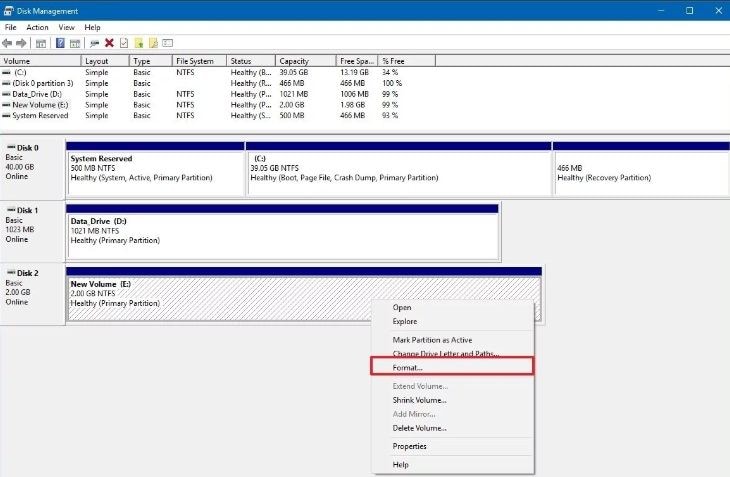

Step 1: Press "Win+R" to open "Run" box, and then type "cmd" to open Command Prompt. Click “OK” after your confirmation to execute. Step 4: A warning about data loss will appear. Tips: Only the partition whose size is smaller than or equal to 32GB can be formatted from NTFS to FAT32 through Disk Management. Step 3: You can change settings in the pop-up window, such as label the partition, change file system, perform a quick format. Step 2: Right click the SSD partition (here is E drive) you want to format. Step 1: Press "Win+R" to open "Run" box, and then type "diskmgmt.msc" to open Disk Management. By the way, free AOMEI Backupper can deal with it. So if you have important data on SSD, please backup them first. How to format SSD in Windows 7/8/10/11?īefore formatting an SSD: Formatting means deleting everything. Here are three effective methods introduced to help you format an SSD. You may need a clean installation of Windows, Then, a proper SSD formatting is a good choice, which will clean the SSD so that you can get rid of a virus, your computer can run faster or you can upgrade system. A lot of useless programs, accumulative viruses, corrupt files and so on can all be problems. For example, a computer may run slowly after being used for a long time. Thus, formatting an SSD also means formatting SSD partition.Īs SSD becomes more and more common, formatting or reformatting becomes important as well. Like a hard disk, an SSD must be divided into one or more partitions to store data. Compared with traditional hard disk, it has many advantages. It’s a type of disk which stores mediums in the computer.


 0 kommentar(er)
0 kommentar(er)
